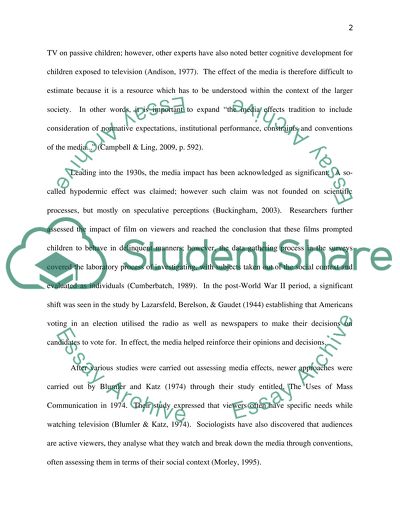Cite this document
(“Debates on Media Effects Essay Example | Topics and Well Written Essays - 1750 words”, n.d.)
Debates on Media Effects Essay Example | Topics and Well Written Essays - 1750 words. Retrieved from https://studentshare.org/journalism-communication/1479119-debates-on-media-effects
Debates on Media Effects Essay Example | Topics and Well Written Essays - 1750 words. Retrieved from https://studentshare.org/journalism-communication/1479119-debates-on-media-effects
(Debates on Media Effects Essay Example | Topics and Well Written Essays - 1750 Words)
Debates on Media Effects Essay Example | Topics and Well Written Essays - 1750 Words. https://studentshare.org/journalism-communication/1479119-debates-on-media-effects.
Debates on Media Effects Essay Example | Topics and Well Written Essays - 1750 Words. https://studentshare.org/journalism-communication/1479119-debates-on-media-effects.
“Debates on Media Effects Essay Example | Topics and Well Written Essays - 1750 Words”, n.d. https://studentshare.org/journalism-communication/1479119-debates-on-media-effects.


